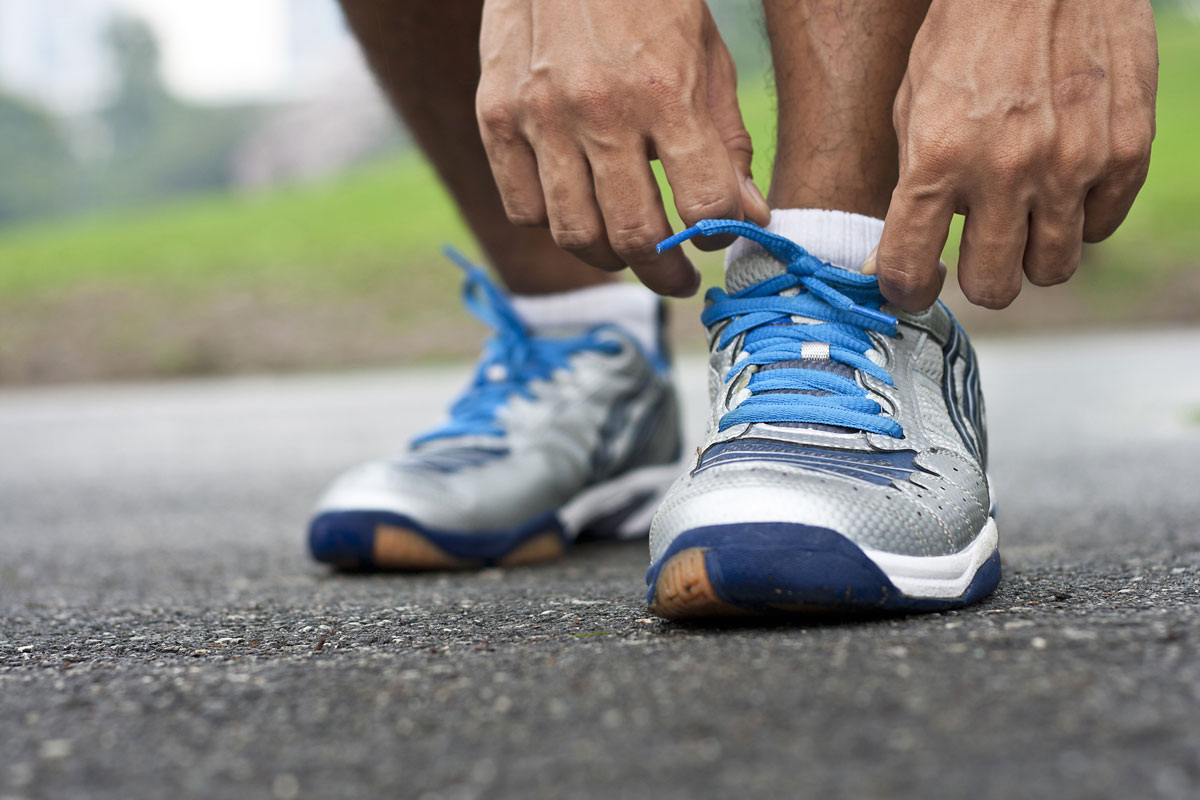
9 Steps to Avoiding Common Running Injuries
Running is associated with numerous health benefits, including a reduced risk of hypertension, stroke, heart disease and more.
Though seen as an enjoyable and effective method of exercising, running can lead to injuries, especially when training for a long-distance event like a marathon.
“People can get caught up in the excitement of training for a marathon or half-marathon and often will literally run before they can walk,” says Dr. Owen Prentice, an emergency medicine physician with Kauai Medical Clinic’s Urgent Care team.
Common long-distance running injuries include:
- Shin splints – Pain along the shinbone, the large bone in the front of your lower leg.
- Achilles tendinitis – Overuse of the Achilles tendon, the band of tissue that connects the calf muscles at the back of the lower leg to the heel bone.
- Runner’s knee – Pain behind or around the kneecap, especially where the thighbone and the kneecap meet.
- Plantar fasciitis – Stabbing pain in the bottom of the foot caused by inflammation of a thick band of tissue called the plantar that connects the heel bone to the toes.
- IT (iliotibial) band syndrome – Result of inflammation and irritation of the IT band, the ligament that runs down the outside of the thigh from the hip to the shin.
- Stress fractures – A tiny crack in a bone or severe bruising within a bone caused by repetitive stress or force.
“It is best to begin training gradually, especially if you’re new to running,” says Prentice, who has participated in the Kauai Marathon and Half Marathon for a number of years, completing the full marathon once and the half-marathon five times.
“You can progress week by week, which will give your body time to adjust to the level and mileage required to complete a long-distance event,” he advises.
Here, Prentice shares nine other steps to prevent injury when training for a long-distane event:
- Start with a plan. Consult with a trainer to create a plan that will be the most beneficial in taking your current abilities to the next level in order to reach your long-term goals.
- Give yourself time. Running programs may vary depending on your goals and current physical capabilities. Be sure to start with enough time to get your body ready for race day.
- Warm up. Add a brisk walk and stretches to your routine before starting your run. Exercising without proper preparation before activity may increase the chances of injury.
- Hydrate adequately. Waiting until you are thirsty is often too late.
- Listen to your body. A little bit of discomfort is OK. However, if symptoms do not improve with a decrease in training time and intensity, visit your health care provider.
- Cross-train. Add activities such as swimming or cycling to your program. This will help you improve muscle strength and avoid overuse injuries due to repetitive motions.
- Find footwear that fits. Your body will reap the rewards when you invest in socks and shoes that are right for your foot and body type.
- Strength train. Add some ab and weight-training exercises to your routine. Heavy lifting may hinder your running routine, but doing exercises to help prevent joint injuries and strengthen your core muscles will lead you to success!
- Cool down. Although often overlooked, this step can help tremendously with recovering after a long, hard workout.
If you do get injured, Prentice recommends heading to your nearest urgent care clinic.
“Urgent care physicians and staff are trained to handle a wide variety of injuries and issues, including cuts, scrapes, bruises and even minor broken bones,” he says. “Our clinic in Lihue has a full-service lab and offers services such as X-rays, EKGs and fracture splinting, just to name a few.”
However, if at any time you experience the following symptoms or conditions, call 911 or go to the nearest Emergency Department:
- Serious chest or abdominal pain.
- Severe shortness of breath.
- Post-surgical complications.
- Issues related to pregnancy.
“The ED is best equipped to treat severe injuries, accidents or falls – situations that have the potential to be life-threatening and might involve ambulance transport,” Prentice says.
For other minor injuries or short-term medical problems, schedule an appointment with your primary care physician (PCP).
“If your PCP is not available, I would advise patients go to urgent care if their problem is not life-threatening,” Prentice says. “We will do our best to help you right on the spot, and if we can’t, we’ll get you to the appropriate doctor or place of care ASAP.”
Click here to locate a Hawaii Pacific Health urgent care clinic near you.
Published on: May 15, 2023




